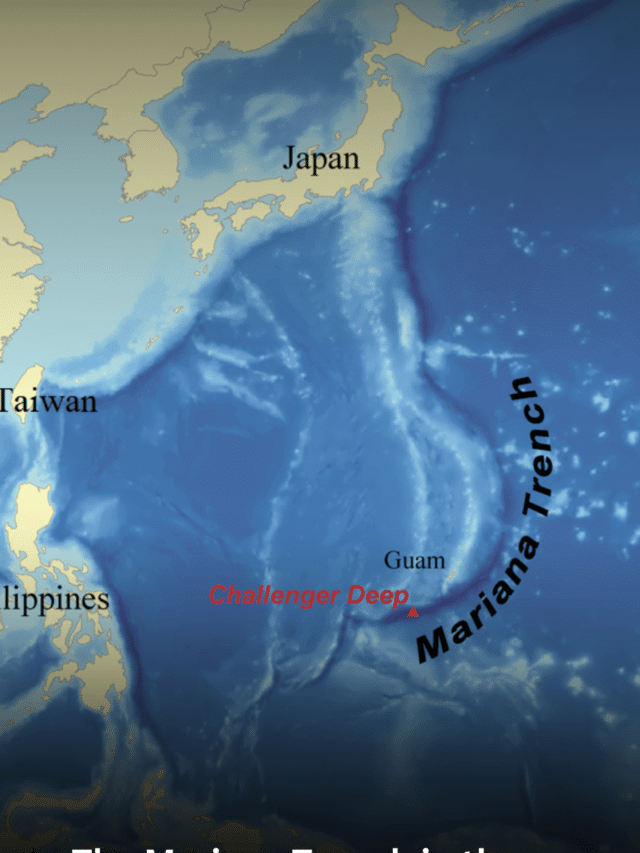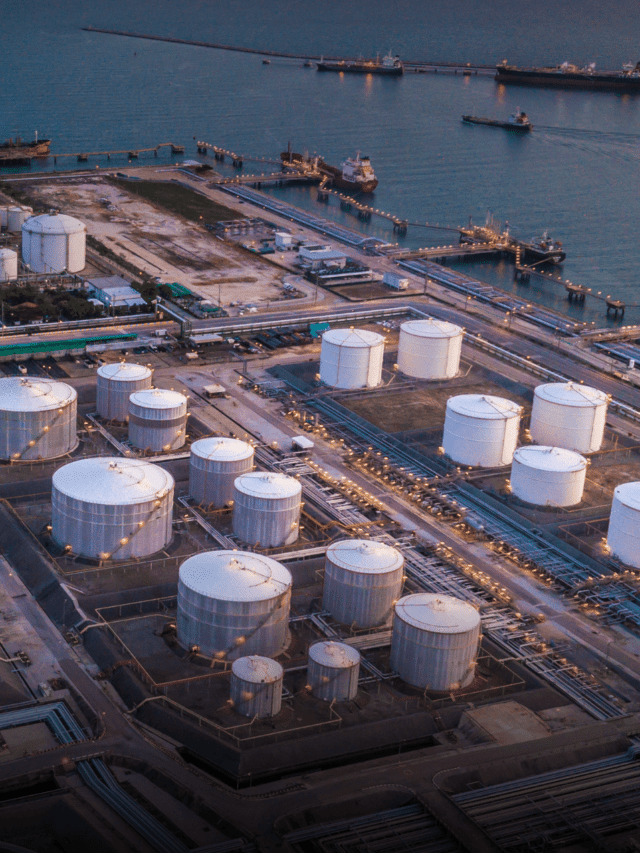Top 10 Largest Flag States in the Shipping Industry
In the shipping sector, a Flag State refers to a nation where shipowners or shipping companies get their commercial ships or recreational vessels registered. Hence, the registered vessels have to carry the flag of that state.
The vessel is then bound to the rules and regulations of the state’s maritime authority in terms of legal disputes, protections, tax payments and other benefits. In this article let us have a look at the largest flag states in the world.
1. Panama Marine Authority
Panama is a small nation of 3 million people bordering the Caribbean sea and the Pacific Ocean. Only one shipping company is operational in the country; however, it is the largest flag state in the world with 9596 vessels sailing under its flag. Panama’s strategic location amidst crucial maritime trade routes connecting the Pacific and Atlantic oceans through the Panama Canal allows it to have an eminent position in the world trade network.
Most commercial ships sailing under the Panamanian flag are owned by foreigners desiring to avoid the strict maritime trade regulations of their home countries. Since Panama has an open registry, the shipowners can register easily, avoid paying income tax, employ cheap labour and earn high profits.
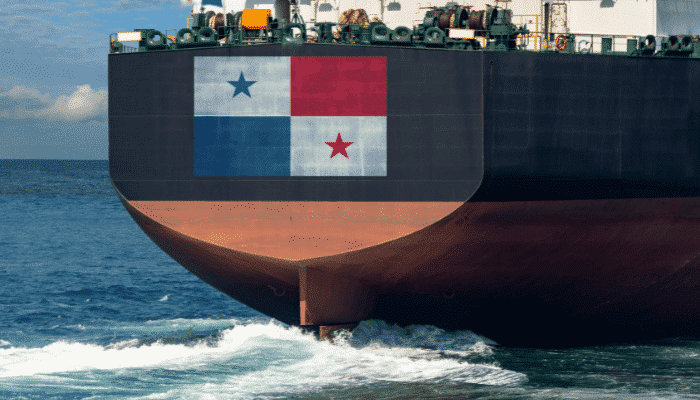
Panama has been ranked as the top flag state in the world in 2020 according to Lloyd’s List Intelligence data. It recorded a remarkable 4.4 % growth amounting to 235 million gross tonnes compared to 2019. Around 16 per cent of the global shipping fleet is sailing under its flagship, more than the combined fleets of the US and China.
The head of Panama’s merchant marine, Rafael Cigarruista reorganised the procedures, compliance policies and strengthened cyber-security measures to offer the best services to shipowners and other stakeholders. He has also taken a strict attitude towards vessels breaching the established rules and regulations by deflagging them.
2. Liberia International Ship and Corporate Registry
Situated on the west African coast, the Republic of Liberia has 4295 commercial ships operating under its flagship including 268 additional ships registered under this Flag of convenience making it the fastest-growing flag state for two consecutive years, 2019 and 2020. It achieved a 9.3% growth worth 188 million gross tonnes as per Lloyd’s List intelligence data.
Even Clarkson’s World Fleet Monitor showed that from December 2020, Liberia outran all the open registries and grew at a pace of 8.6%, evident in the shipping market as it attracted many shipowners from Greece, Japan, China, Singapore and the United States. Hence, flag transfer tonnage accounted for 60% of its growth.
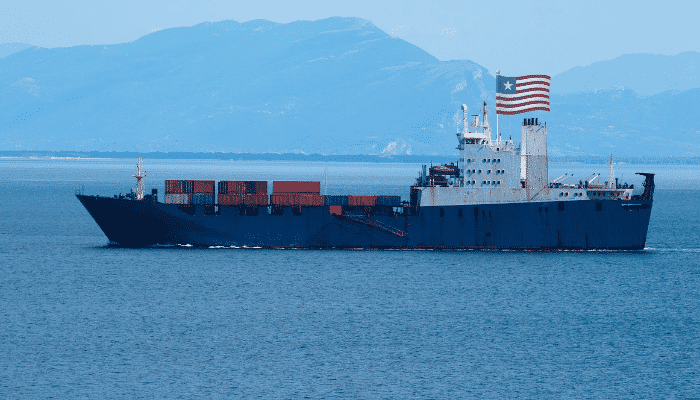
The senior officer Alfonso Castillero attributed this tremendous success to their worldwide services and streamlined registration process. During the peak of the covid pandemic, it was the first flag to offer remote vessel registrations, inspection and delivery services. New administrative offices were also opened in 2020 in cities like Oslo and Houston. Lastly, it also collaborated with Hyundai for constructing a hydrogen-powered cargo ship. Despite commendable achievements, the country was not eligible for the US Coast Guard’s Qualship event.
3. IRI Marshall Islands Registry
The Republic of Marshall Islands lies close to the equator in the Pacific Ocean. Marshall Islands ship registry is placed among the top three largest ship registries in the world by gross tonnage, deadweight tonnage and the number of vessels operating under its authority. Its open registry is preferred by shipowners due to its low taxes and operational flexibility. Although it places certain restrictions on bulkers, tankers and container ships depending on their age and size, all kinds of marine vessels including yachts are accepted.
The Lloyd’s List intelligence report showed a 4.9% increased growth by MI worth 171 million gross tonnes in 2020 with a total vessel count of 4313 including additional 150 ships registered by the end of 2020.
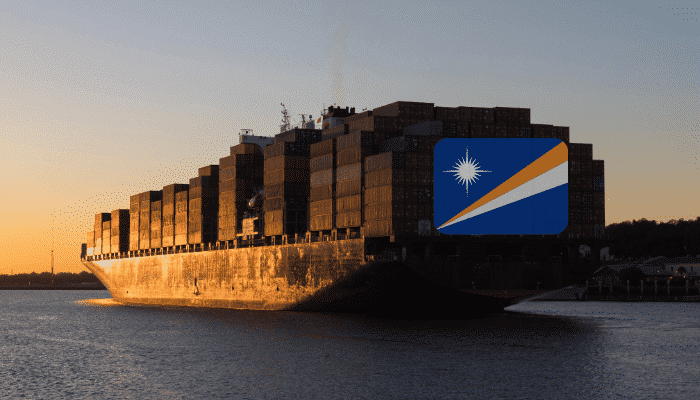
William Gallagher, the president of the registry said that the Marshall Islands boasts the world’s youngest and most eco-friendly fleet which had allowed the flag state to qualify for the Qualship 21 status for the 16th time in a row.
The registry coped with the challenges posed by the worldwide coronavirus pandemic due to its unique operational structure, 28 regional offices and technical staff spread across countries.
4. Hong Kong Shipping Register
Hong Kong’s shipping register is the fourth biggest in the world and achieved a 1.6 per cent growth due to an increase in the number of ships registered by the end of 2019. Its Director of Marine Agnes Wong expressed his regard for the supporting companies as the register crossed the 130 million gross tonnage with a commercial fleet comprising 2739 ships.
Operated by the Government of Hong Kong Special Administrative Region, China’s Marine department, the register is also known for its efficient fleet of Hong Kong-registered vessels and has been a constant part of the Paris and Tokyo MOU’s white list.
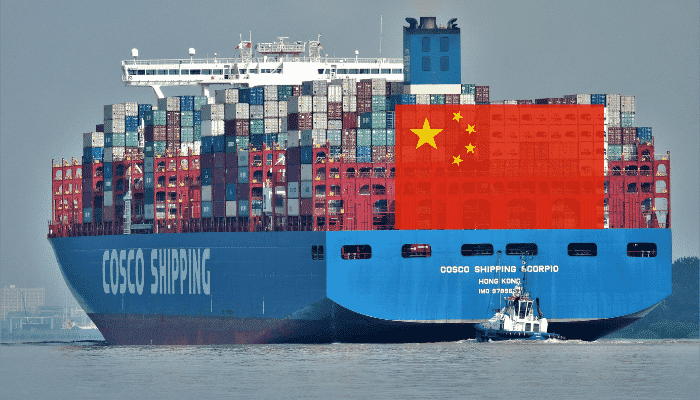
It had set up new regional offices in Shanghai, London and Singapore in 2019, to provide direct services such as new registrations and emergency support to ship owners hailing from these cities. An experienced technical staff managed to complete many quality control audits for ships as well. It also organised 4 seminars on maritime safety and innovative green technologies which were attended by more than 150 experts from the shipping industry.
5. Singapore Registry of Ships, Maritime and Port Authority
SRS was founded in 1966 and is managed by the Maritime and Port Authority of Singapore. Ranked as the fifth largest register in the world, the Singapore registry has a fleet of 4914 ships aggregating over 96 million gross tons. However, its growth declined by 1.7 per cent compared to 2019 according to Lloyd’s List Intelligence data. This can be attributed to the loss of 48 ships mainly due to operational difficulties during the covid crisis which offered numerous challenges.
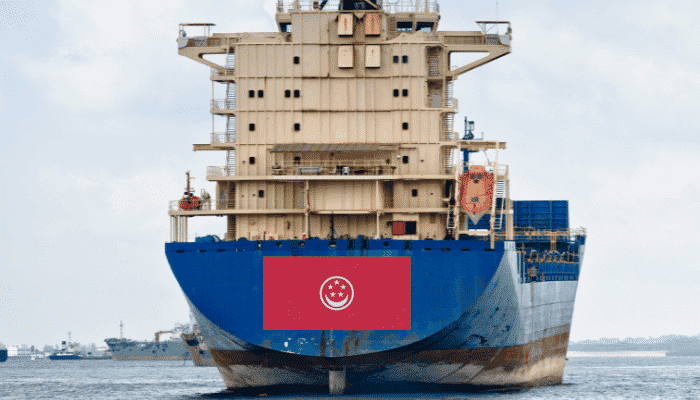
However, it maintained its position as one of the top registries with the youngest fleets comprising mainly oil tankers, bulk carriers and container ships which are pivotal for international trade. The register has also started accommodating offshore vessels such as floating production and storage units of the oil and gas industry.
The registry aims to build partnerships and strive for digitalisation and decarbonisation in the shipping sector to further strengthen its position, offer quality services and improve the health of the marine environment. It has also carried out 130 remote inspections since mid-2020 to provide safety to ship crew and surveyors.
6. Malta Ship Registry
Malta is a prominent maritime hub of the Mediterranean with a strong shipping sector. The country’s shipping register is administered by the Merchant Shipping Directorate of the Authority for Transport. The flag of Malta was established as an open register after the passage of the Merchant Shipping Act of 1973. Since then it has evolved with changing times and emerged as a reputed registry due to the establishment of a stable legal and regulatory platform. In 2004 it became a part of the EU and attracted many renowned shipping companies and operators. According to the registry’s rule, the homeport of all Maltese ships is Valletta.
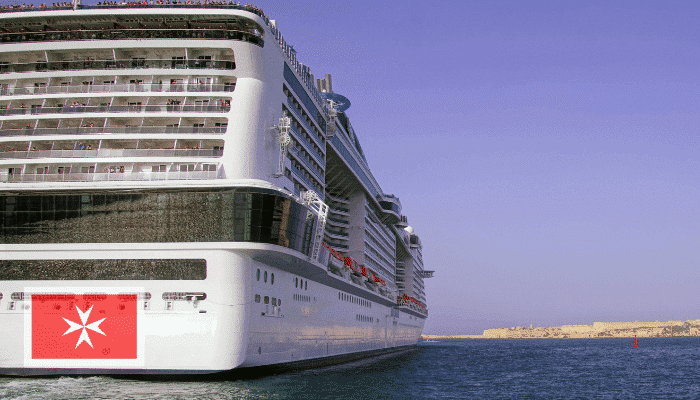
It offers 24/7 customer services in case of emergencies and provides other maritime services and incentives to the owners, charterers and reputed financiers. Technical help during the registration process and mortgage of ships is also offered. Income tax exemption is given to owners of Maltese ships of 1000 net tons and above.
The shipping register recorded a 2.1 per cent growth amounting to 82 million gross tonnes in 2020. Though it lost a significant number of vessels, it witnessed a rapid increase in the registrations of yachts and superyachts or pleasure crafts. Stating sustainability as a key factor, it also registered many eco-friendly vessels in 2020.
7. Bahamas Maritime Authority
The Bahamas Ship register is administered by the Bahamas Maritime Authority, a prominent name in the shipping sector since its establishment in 1995. The register has offices across the globe in major cities like London, New York, Nassau, Hong Kong, Japan, Germany and Greece. One of the world’s biggest registers, it has the highest number of cruise passenger ships sailing under its flag including 1474 commercial vessels amounting to more than 53 million gross tonnes. In 2020, the registry recorded a 2.2 per cent decrease to 64 million gross tonnes compared to the previous year’s data.
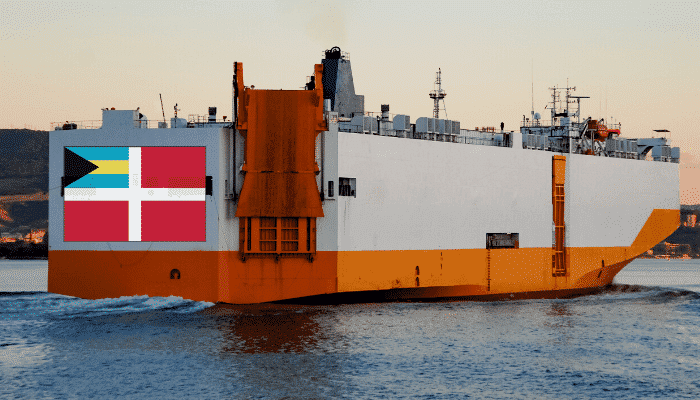
The register strives to propagate strict safety protocols and improve operational standards. It has streamlined its registration process and services by bringing them to a consolidated digital platform called BORIS or Bahamas Online Registration System that offers a user-friendly interface for solving customer queries.
8. China Maritime Safety Administration
The China maritime safety administration was established by the 1983 merger of the country’s inspection bureau and port supervision bureau into a comprehensive enterprise for managing China’s shipping sector. Headquartered in the district of Dongcheng in Beijing, it has witnessed continuous growth over the decades.
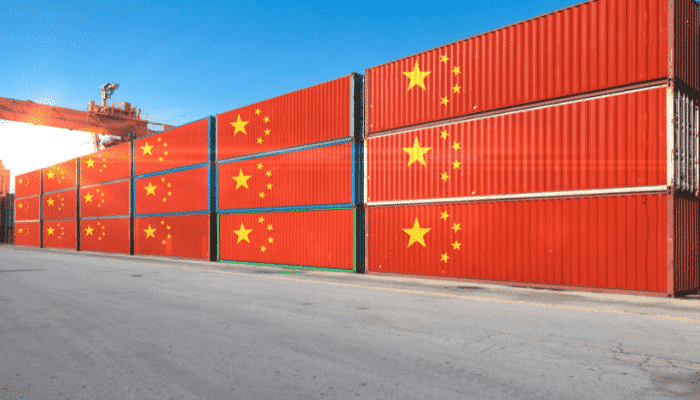
In 2020, the Chinese flag recorded a 4.8 per cent growth worth 61 million gross tonnes as per Lloyd’s List Intelligence data. It was the third fastest-growing registry due to the rapid increase in the number of ships registered in its commercial fleet totalling 5130 by the end of 2020. However, it failed to qualify for the Qualship event of 2021.
9. Greece Ministry of Shipping
The Greek flag lost significant market shares in 2020 as per Lloyd’s List data. The 5.7 per cent decline totalling 38 million gross tonnes came as a shock to the ministry of shipping which was affected by the country’s financial crisis and the coronavirus pandemic that led to a shrinkage of the national economy.
To attain swift recovery, the authorities brought out a policy that allowed shipping companies to decide between the terms of the International Transport Workers’ Federation or the International Bargaining Forum agreement.
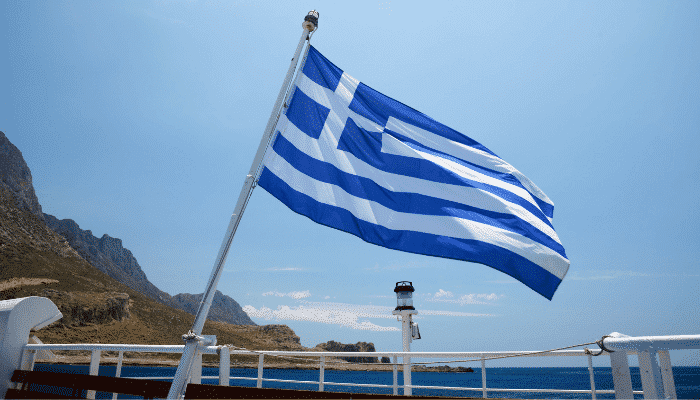
These measures have been implemented to reinstate the flag’s competitiveness among other European registries. It would also attract ship owners and provide employment opportunities to the country’s youth thereby revitalising the Greek maritime sector.
10. Japan’s Ministry of Land, Infrastructure, Transport and Tourism
The MLIT was formed as a result of the Japanese administrative reforms of 2001 after the Ministry of transport and construction were merged with the Hokkaido development agency and the national land agency. It is the second-biggest state enterprise that oversees the Japan Coast Guard and undertakes a variety of activities ranging from land planning to construction of public works, transportation, tourism, ports and capital development.
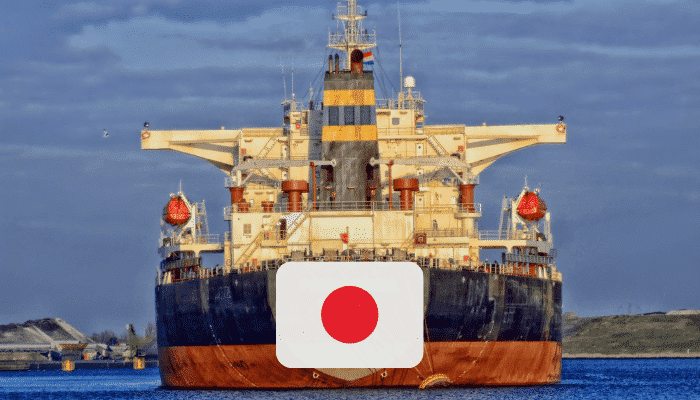
The Japanese registry suffered a 3.4 per cent dip totalling 28.7 million gross tonnes by the end of 2020 compared to the 30 million gross tonnes attained in 2019. Around 3852 ships were registered under the Japanese flag however many have chosen other flag states due to Japan’s operational flaws during the covid crisis. For instance, in 2019 and 2020, remote surveys and inspections were not undertaken by Japan. The country is trying to bring back shipping companies by reworking a profitable tax regime.
You might also like to read:
- Top 10 Largest Cruise Ships in 2022
- Top 10 World’s Largest Container Ships In 2022
- Top 10 Biggest RoRo Ships In The World
- Top 10 Most Expensive Cruise Ships in 2022
- 10 Largest Container Shipping Companies in the World in 2022
Disclaimer: The authors’ views expressed in this article do not necessarily reflect the views of Marine Insight. Data and charts, if used, in the article have been sourced from available information and have not been authenticated by any statutory authority. The author and Marine Insight do not claim it to be accurate nor accept any responsibility for the same. The views constitute only the opinions and do not constitute any guidelines or recommendations on any course of action to be followed by the reader.

About Author
Raunek Kantharia is a marine engineer turned maritime writer and entrepreneur. After a brief stint at the sea, he founded Marine Insight in 2010. Apart from managing Marine Insight, he also writes for a number of maritime magazines and websites.
Do you have info to share with us ? Suggest a correction
Latest Maritime law Articles You Would Like:
Latest News
- What are Logistics Risks?
- How Port and Terminal Operators Can Control Emissions?
- Minimum Quantity Commitment (MQC) and Liquidated Damages in Container Shipping: Concept and Relevance
- The Ultimate Shipping Container Dimensions Guide
- A Comprehensive Overview of IMDG Code for Shipping Dangerous Goods
- Nautical Law: What is UNCLOS?
Subscribe To Our Newsletters
By subscribing, you agree to our Privacy Policy and may receive occasional deal communications; you can unsubscribe anytime.
Web Stories



















